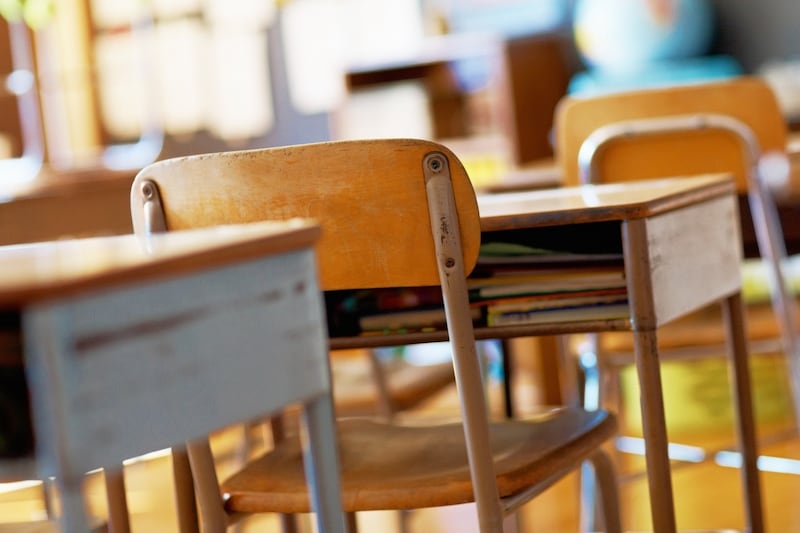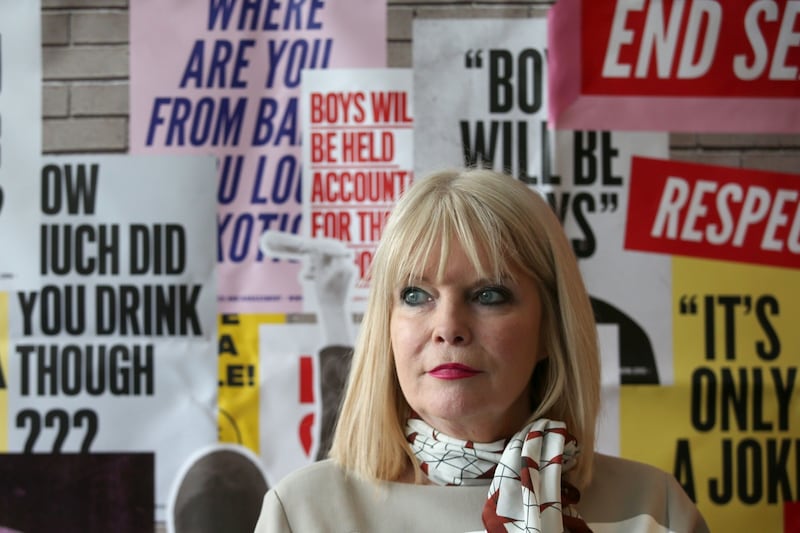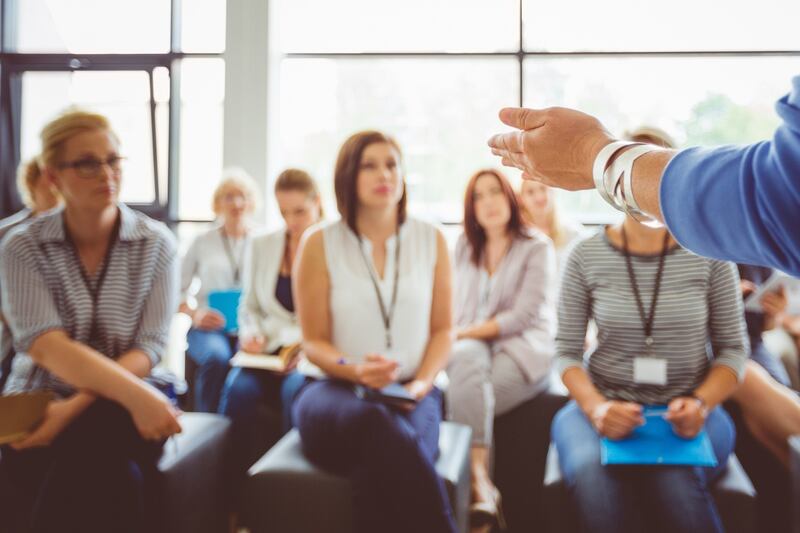When Apple released the iPad a decade ago, there was a rush among early adopters to embed such an innovative device into their lives.
There was also a surge in the uptake of digital technology in schools around the world at the same time. Ireland was no different.
From 2012, some newer post-primary schools were announcing that they were “tech driven”. These schools began to turn away from the traditional delivery of teaching materials in favour of the shiny and new.
Schools in Ireland have a high level of autonomy in terms of how they govern themselves and the Department of Education does not prescribe how schools use digital technology.
In the absence of such direction what are we seeing in schools? With the recent reform of the junior cycle here in Ireland, technology has become entrenched in the everyday practices of many schools. The classroom-based assessments in particular have been a driving force in the rush to embed a range of technologies into classroom practice.
Real problem
Where schools are “tech driven”, many teachers are reporting that they have to design and develop their own digital resources without any support or professional time to do so.
This is a real problem because the process of creating digital teaching and learning materials is more complex than many are prepared to recognise.
As a signatory of the Stavanger Declaration, the culmination of a five-year study, I contributed to the many voices of experts (including my collaborator, Dr Triona Hourigan) stating that an indiscriminate swap of traditional hardcopy textbooks for digital materials does not work.
Digital environments also pose challenges and distraction is a major concern highlighted in many global studies where a digital device has replaced traditional classroom practice.
Where teachers are being asked to create their own resources instead of using textbooks, much of this work is done in a piecemeal manner without sufficient professional time or necessary resources.
Internationally, teachers are often the agents of change but there are examples of more focused government-driven agendas. At least 20 countries, for example, have initiated e-textbook projects. There are also cases where countries have taken an approach which puts information and communications technology (ICT) at the very core of the education system.
One such example is the Netherlands. In early 2009, the Dutch minister for education launched the Wikiwijs project, an open, internet-based platform, where teachers could find, download, (further) develop and share educational resources.
While Wikiwijs was primarily concerned with creating an infrastructure for open educational resources, it also clearly demonstrated the commitment of the Dutch government to realising a clearly defined and realistic approach to incorporating ICT into schools.
Lessons learned
However, even with all of the provision and support put in place, not all teachers availed of the resources. One of the lessons learned from the project was that “more communication would have been helpful . . . to be persuasive in nature to convince various parties (school management, teachers, and so on) about the benefits and role that open educational resources can have regarding educational reform and in acquiring 21st century skills”.
Another outcome of the Wikiwijs project was that it was recognised that the project by itself was not enough to realise the objectives set by the government.
“More prescriptive policies and regulations were also needed to avoid the current state of permissiveness on adopting an OER policy by educational organisations,” the review found.
In 1999 in Ireland, a similar service was launched. This educational website for teachers, parents and pupils provides a comprehensive online library of educational resources.
While there are an impressive number of curriculum resources, there are gaps across subjects. These projects are pockets of good practice – and what is needed now is to actually assess what works across Europe and build the good practice into second-level education for all.
Over the last 12 months, there has been a lot of media coverage here in Ireland looking at the digital provision in post-primary schools. Unfortunately, this debate has become device- rather than content-focused.
Instructional design is a profession and we need to recognise the demands in terms of time, resources and the expertise necessary to create high-quality digital materials for students.
If students are not using professionally produced ebooks and digital material we need to look at the content that they are using rather than focusing on the device.
There is no doubt that the technology available to us can be used to enrich the student learning experience.
The opportunity to include multimedia alongside a history lesson for example or at a more basic level making changes to the size and colour of the text can be transformative for some students.
For some students, assistive technology will facilitate access to an education that would be impossible without the technology but all of this hangs on the quality of the digital resources and how they are used.
We should want the best materials for our students – and the only way to guarantee this is to recognise the professional expertise and instructional design that is necessary to create high-quality digital material.
Technology in schools should never be focused solely on the tools but should be about what, if any, technology is appropriate for the subject – and how technology can really enrich the classroom and the student learning experience
Dr Ann Marcus-Quinn is a lecturer in technical communication and instructional design at the University of Limerick














